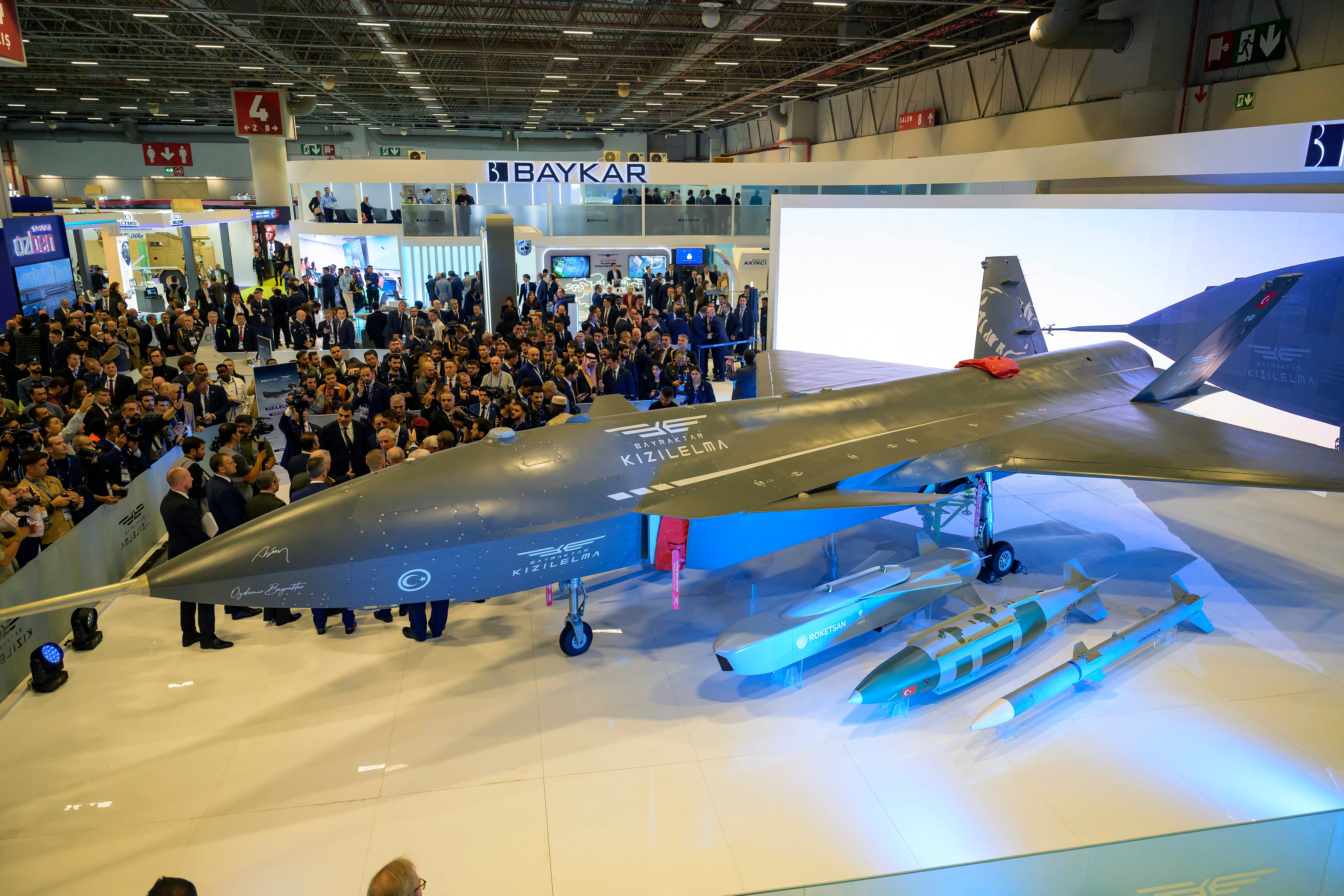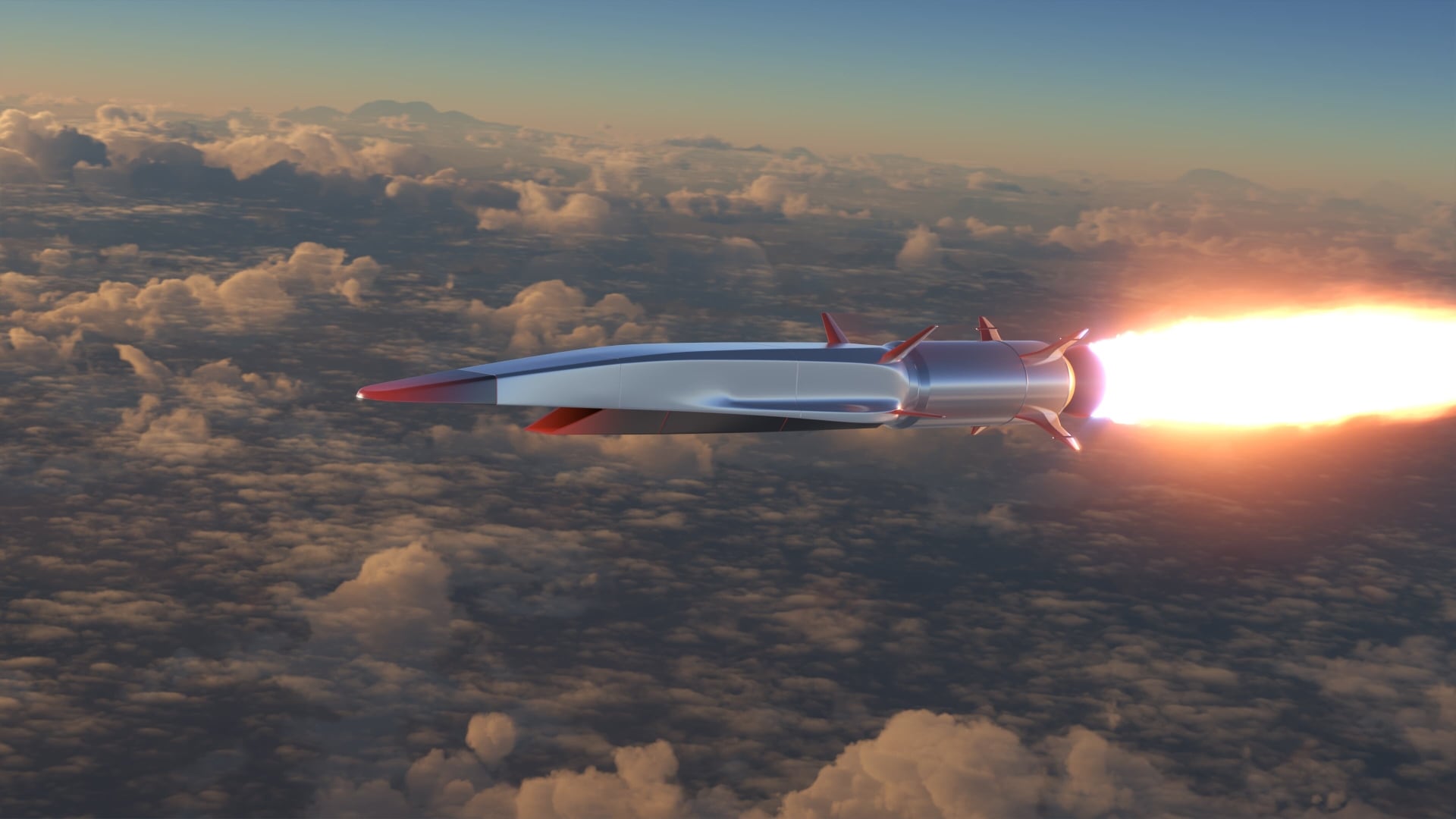The Army wants a better network. Specifically, Army leaders want a more resilient network to provide communications on the battlefield while enemies are trying to jam or disrupt the signal. In an October 2017 memo, Army Chief of Staff Gen. Mark Milley said the network must be “sufficiently mobile and expeditionary” and “can be used to fight cohesively in any environment where the electromagnetic spectrum is denied or degraded.”
To better understand the improvements that the Army has made in the past year and what forces are shaping the service’s work, C4ISRNET Editor Mike Gruss sat down with Col. Greg Coile — project manager for tactical network, PEO C3T — and Col. Nora Marcos — chief of staff of the Army’s Network Cross-Functional Team — during the annual Association of the U.S. Army conference, held in early October 2018 in Washington, D.C.
C4ISRNET: What does resilient communications mean? What does that look like? What are some of the characteristics of that?
COL. NORA MARCOS: I look at resilient communication from a tactical environment — what it means to the soldier. When the soldier has a radio in his hand, it doesn’t matter what path it’s going through to get the message through. Is it radio-to-radio? Is it going to go through some other means? Maybe it’s going to be through a different SATCOM link. He shouldn’t have to worry about that. Resilient means, no matter what the enemy’s throwing at us, the message is getting through.
C4ISRNET: Can you walk through what a real-life example of the contested environment looks like and how that situation can play out if you don’t have resilient communications?
COL. GREG COILE: If you’re looking from an EW [electronic warfare] perspective … if our comms allow the enemy to get close enough to it, to send out enough electronic power to be able to interdict those comms, that could cause the unit to be disconnected.
If you had a platoon or a company that was geographically dispersed, you could lose their ability to communicate higher, lose their situational awareness, lose the ability to call for fires and to get support. Cyber obviously provides you with a lot of things that we know can interact to the network.
It may not be deliberate. If you’re in a country doing a host-nation mission, there may be just interference inside that spectrum. There’s just too much going on and that piece of the spectrum is just getting overused and you are going to have to have an alternate way to communicate.
The soldier doesn’t care about how it gets there, it has just got to get there. And, so, we’re looking at it from both aspects. From a design perspective, are those waveforms or those pieces of kit secure? But, also, if one of them is interrupted, either intentionally or unintentionally, there’s an alternate path. We want to get it to where the system does that automatically without having the solider interact with that.
C4ISRNET: What role does redundancy play as we’re looking for those resilient communications?
MARCOS: If you’ve got communication systems that communicate on different frequencies, different bands ... Greg talks about the EW: Is it going to be a burst or is it going to be a broadband that they’re going to interdict and going to attack us with? If it’s broadband, then we could probably find them. But if they’re doing pulses we need to be able to speak over frequency bands so that we can get the message through.
C4ISRNET: Can you walk through how size, weight and power improvements help soldiers and commanders?
MARCOS: The big thing for me is so much of size, weight and power relies on the power. It’s the battery. It’s what the soldiers have to fit in their ruck sack that means they can’t carry the water, that they can’t carry all the food.
Someone’s going to carry it for them. And I’ve talked to soldiers that feel like the guy carrying the radio feels like he’s the weak link in the squad because he’s going to carry all this kit and he’s slowing them down.
So, it’s the radio, it’s power consumption, but it’s the power production, the batteries that are so critical to bringing down that size and weight for the solider. We all think about the tactical soldier. That’s going to be critical because it means the longer they can stay out, the longer they can do their mission and contribute to their team’s success.
COILE: We’ve had a lot of industry partners that have done a lot of great work to bring down the size and weight and even power consumption of a lot of our kit. But, at some point, there’s going to come a point where you’re going to trade something. So you’re either going to trade power or you’re going to trade capability. Or you’re going to trade size with how many soldiers I can support. We have to go in [to] that eyes wide open and make design decisions on the network, understanding what the expectations are. If you want something that’s lighter, something that can operate longer, it may have to give something up.
C4ISRNET: The new national defense strategy is a shift from counterterrorism to more of a great-power competition. What are some of the characteristics that you need now that weren’t as high-priority in the past?
COILE: There are things that jump right out. One, we were talking about resilient communications. We’ve started programs that give us more redundancy in our network. We’ve also looked at the ability to be more mobile. So, as we talked about a larger-scale conflict — being able to move, set, move, set and continue to do that leap frog as a more mobile battlefield — we had to make hard decisions about what is permanently mounted or mountable on a truck that can keep moving versus its deployability. One of the design choices you always look at is mobility versus deployability.
MARCOS: I see it as modernization versus innovation. Or, how do we merge those two? Modernization is, “We know what we want and we’re going to put that in.” It’s the redundancy, it’s the hardening, that kind of thing. But we also need to look long. The National Defense Strategy challenges us to look at what is the future technology that we don’t know what it is today. We need to be open to that, we need to continue to modernize our force, but we need to understand we can’t modernize everybody at the same pace if we’re looking long and really looking at what our most challenging adversary is going to bring at us.
C4ISRNET: How do you do that?
MARCOS: That’s something we have to consider. We have our forces that we know need to be in the fight tomorrow, the next four years, the next five years. But, how do we prepare for the force that needs to get out there beyond 2020?
C4ISRNET: What’s something in the next 12 months that you’re really excited about?
MARCOS: What’s exciting for me is to work the resourcing, knock down the wickets so that we can resource the innovation that industry is bringing to us. Not just in ’19, but in ’20 and beyond. We are well on our way but, as a resourcer, I need to do better so that these two can execute their desires and the soldier’s needs.
COILE: We have a number of things that are going in from every formation — our infantry brigades, armor brigades, strike brigades — I talked about our signal battalions getting additional upgrades. We are looking at new line-of-sight radios, new tropo radios. A lot of things we’ve been working on for a while are coming to fruition and are being fielded and being put in the soldier’s hands.
The other thing I really look forward to in the next 12 months is as the PEO C3T and Network [Cross-Functional Team] are kind of locking arms and going side-by-side through this process where we can make hard decisions on design, we can make trades, we can get, fast, realistic feedback on kit, make decisions early in that process.
Part of it is getting a lot of kit to the field, but, also, it’s part of how the Army has reorganized itself from a modernization perspective to move things to the field faster.
Mike Gruss served as the editor-in-chief of Sightline Media Group's stable of news outlets, which includes Army Times, Air Force Times, C4ISRNET, Defense News, Federal Times, Marine Corps, Military Times and Navy Times.








